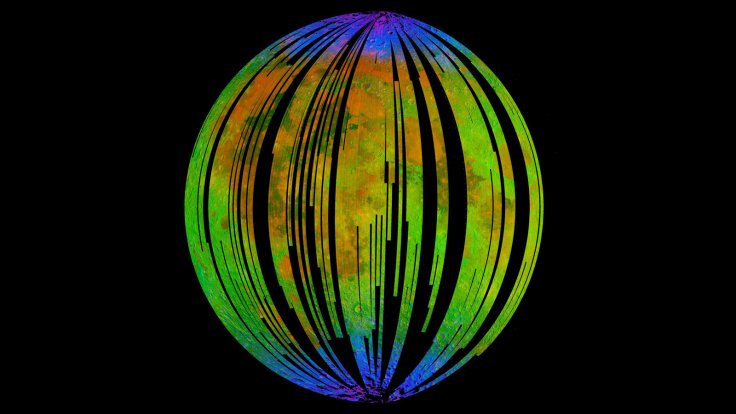Scientists have previously found the presence of iron on Mars and when combined with water and oxygen on the ancient past, rust gets formed on the surface of the Red Planet. But a new study has suggested that the moon which is airless, also has rust on its surface.
Presence of Rust on Moon Perplexes Scientists
The research report published in the journal Science Advances revealed that hematite is present on earth's natural satellite, and the formation of this rust normally requires oxygen and water. Scientists got literally puzzled with the finding, as the moon does not have oxygen or liquid water on its surface.

Moon is a space body that usually gets bombarded with solar winds, which is basically a reducing agent that 'donates' its electrons to the materials it interacts with. Even though there are all the right conditions for oxidization in the moon, the presence of this solar wind should negatively impact the process.
"It's very puzzling. The Moon is a terrible environment for hematite to form in," said Shuai Li, a planetary scientist at the University of Hawaii, in a recent statement.

Mysterious Hematite Presence on the Moon
It was in 2018 that Li and his colleagues identified ice deposits at high latitudes around the lunar poles. Upon further investigation, Li found that the spectral patterns in the pole could be most probably hematite. The research team also found that the presence of hematite is found on the side of the Moon that is always facing Earth.
"More hematite on the lunar nearside suggested that it may be related to Earth. This reminded me of discovery by the Japanese Kaguya mission that oxygen from Earth's upper atmosphere can be blown to the lunar surface by the solar wind when the Moon is in Earth's magnetotail. So, Earth's atmospheric oxygen could be the major oxidant to produce haematite," added Li.
However, Li made it clear that there is a hematite presence on the far side of the moon as well, but fewer exposures were seen on this side.
The new finding is considered to be a milestone discovery, as it will reshape space scientists' current understanding of the moon. The finding also suggests that the earth has also played a crucial role in the evolution of the lunar surface.









